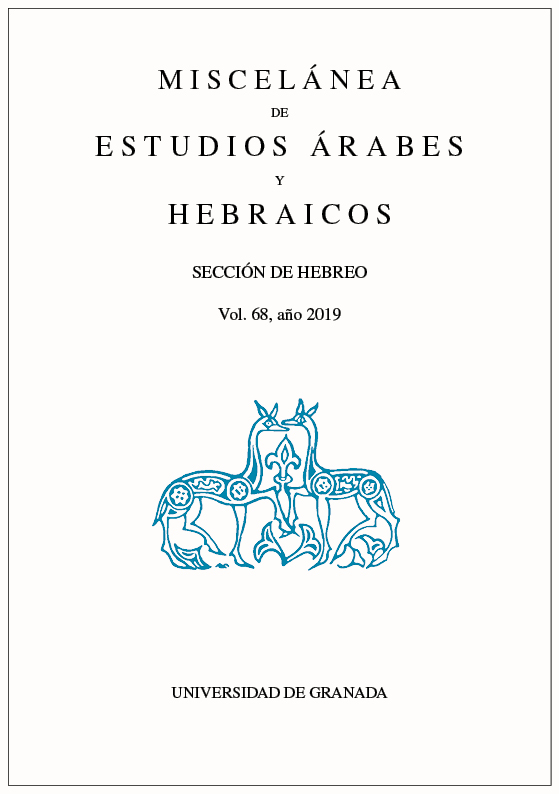Management of Historic Cemeteries in Modern Urban Planning: the Case of the Jewish Necropolis of Toledo
DOI:
https://doi.org/10.30827/meahhebreo.v68i0.1027Keywords:
Jewish cemeteries, management, archaeology, urban planningAbstract
Despite the multiple discussion forums and specialist conferences that have dealt with the problem of the exhumation of Jewish remains, today we are at a standstill, unable to solve a management problem that affects many of the countries around us and that recurs periodically. The case of Toledo serves as a reference to understand the main problems that face the city, traditionally labeled as "the city of three cultures". Christians, Jews and Muslims coexisted throughout the Middle Ages and their past is now tied to the present not only in the city remains but also in its main burial sites. The rational expansion of the city requires the inclusion of these burial places in its urban planning to allow for their due protection.Downloads
Download data is not yet available.
Additional Files
- Sin tÃtulo (Español (España))
- Sin tÃtulo (Español (España))
- Sin tÃtulo (Español (España))
- Sin tÃtulo (Español (España))
- Sin tÃtulo (Español (España))
- Sin tÃtulo (Español (España))
- Sin tÃtulo (Español (España))
- Sin tÃtulo (Español (España))
- Sin tÃtulo (Español (España))
- La gestión de los cementerios históricos en el marco del planeamiento contemporáneo: la necrópolis judÃa de Toledo (Español (España))
Published
2020-01-03
How to Cite
Ruiz Taboada, A. (2020). Management of Historic Cemeteries in Modern Urban Planning: the Case of the Jewish Necropolis of Toledo. Miscelánea De Estudios Árabes Y Hebraicos. Sección Hebreo, 68, 51–71. https://doi.org/10.30827/meahhebreo.v68i0.1027
Issue
Section
Articles
License

Este obra está bajo una licencia de Creative Commons Reconocimiento-NoComercial 4.0 Internacional.












